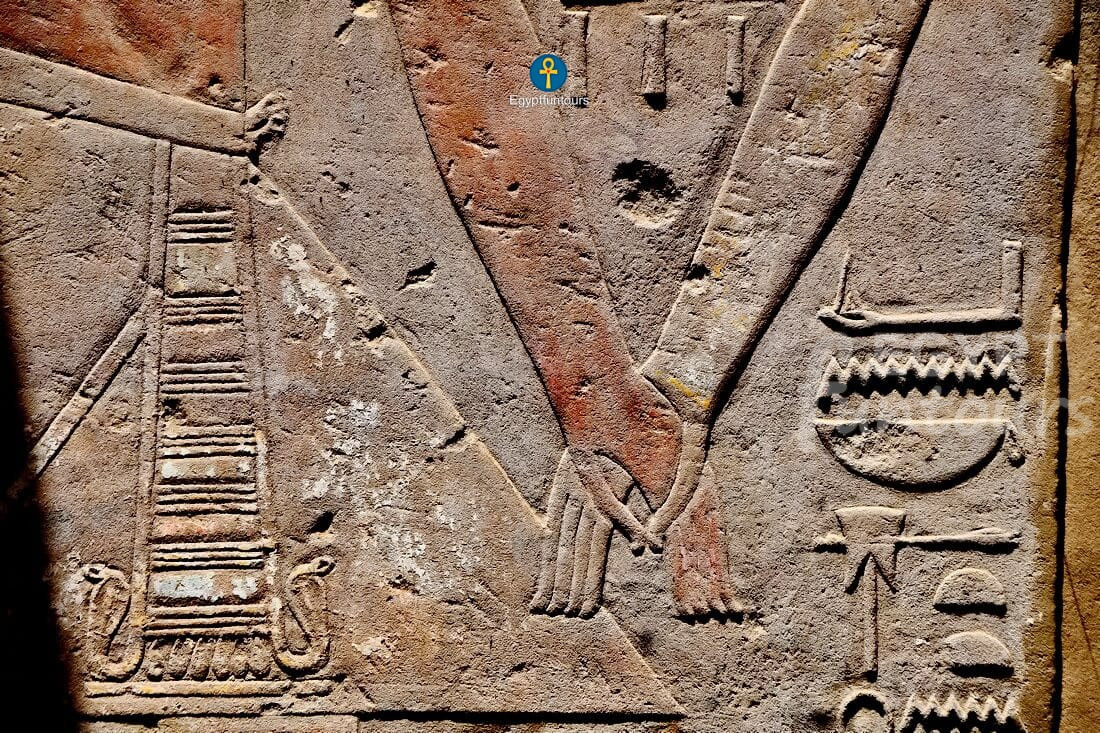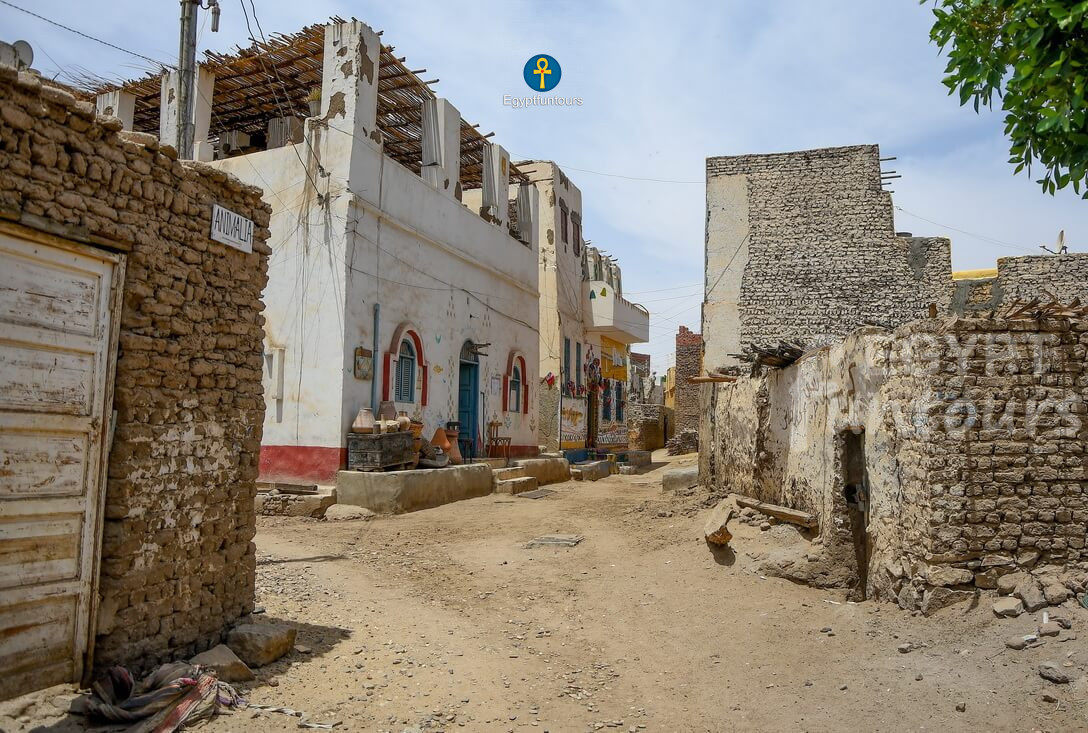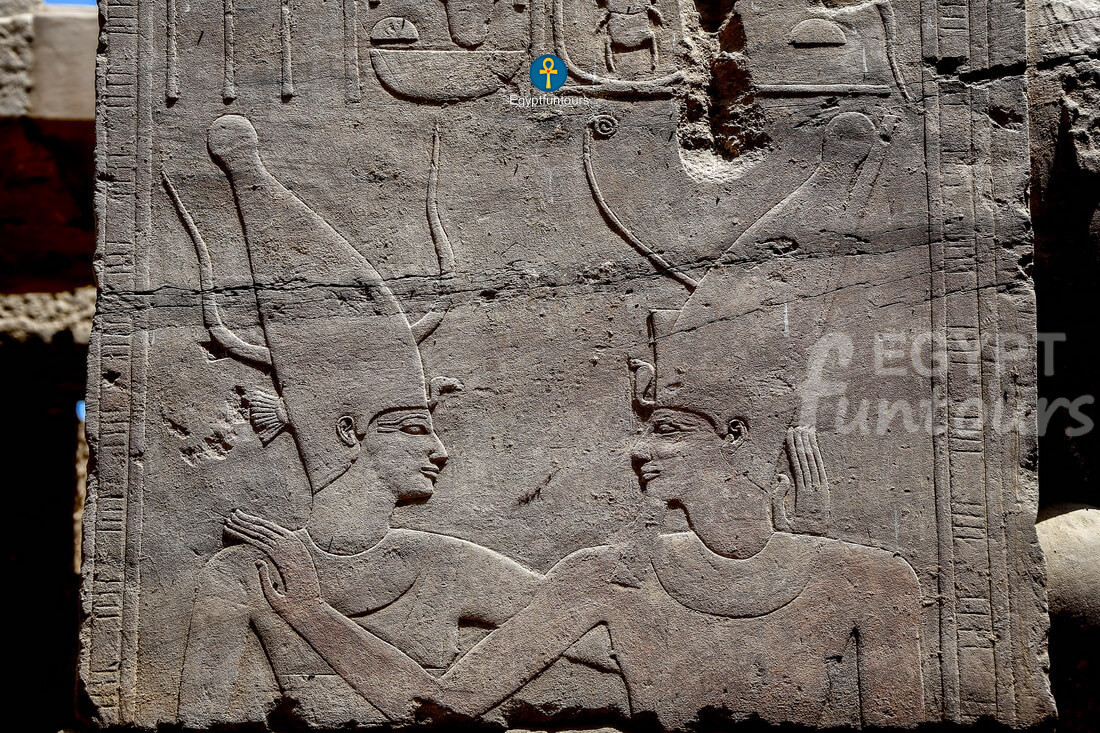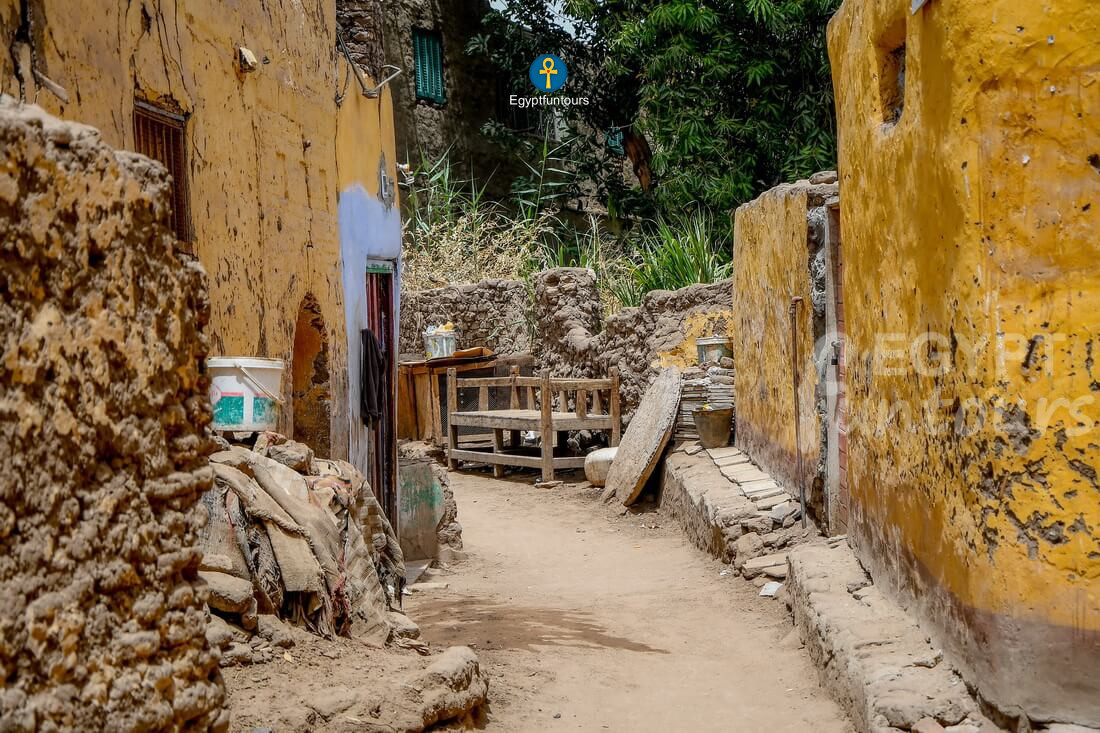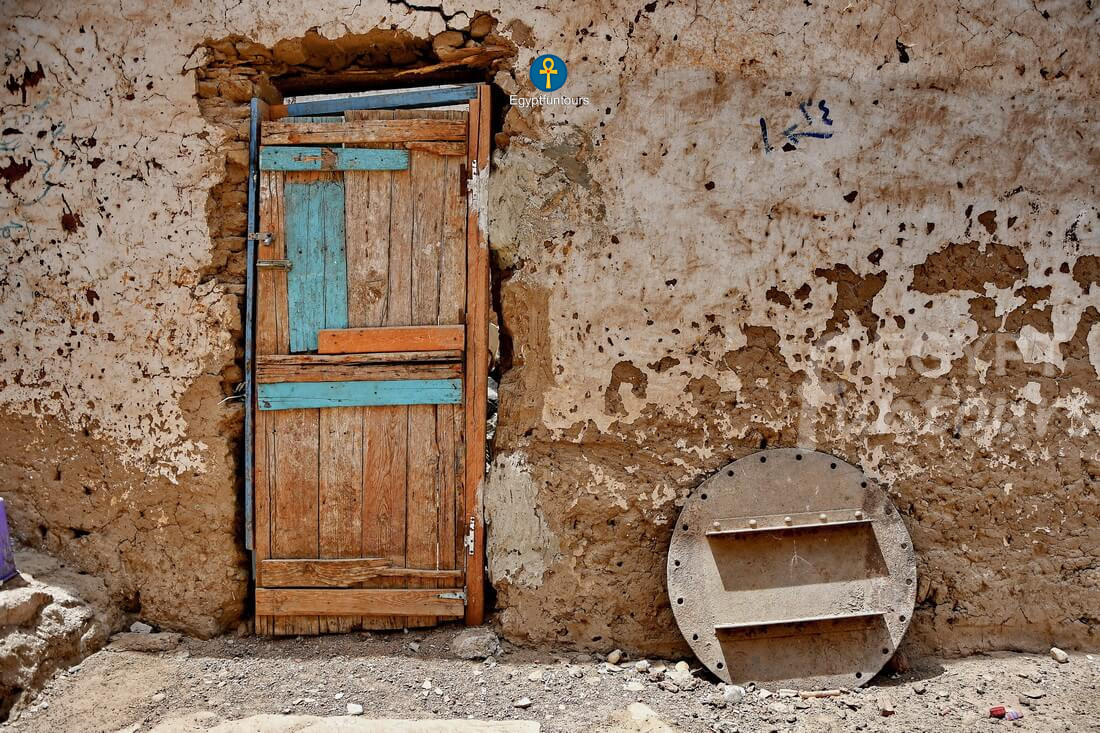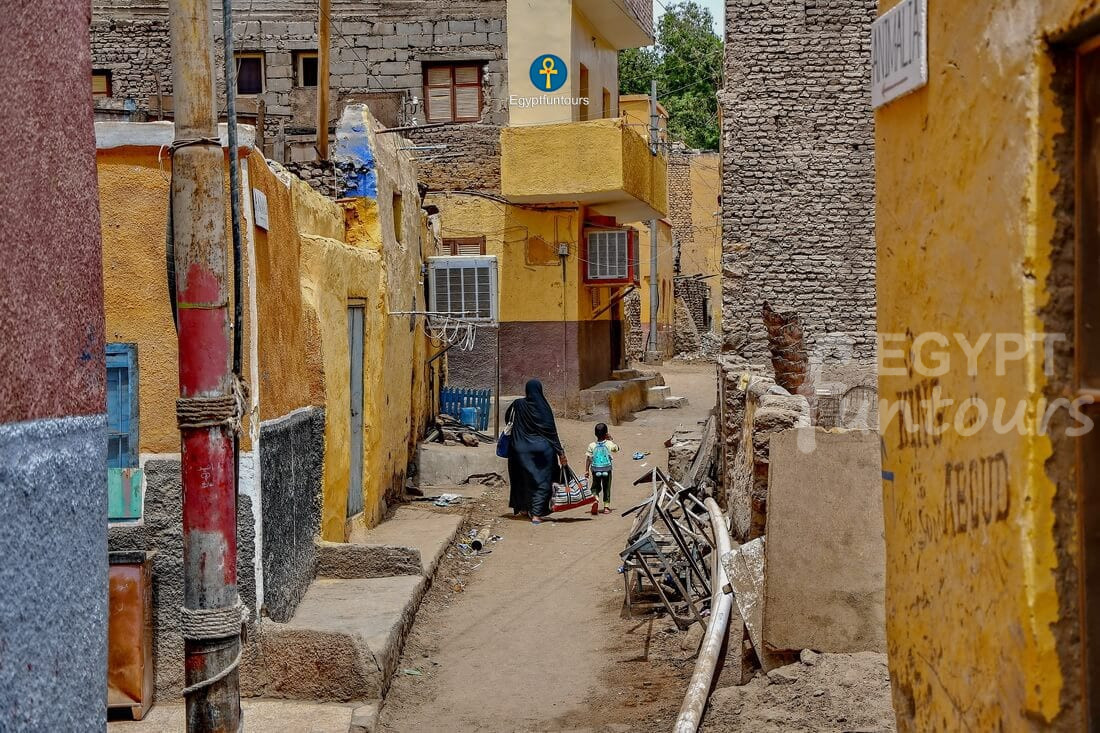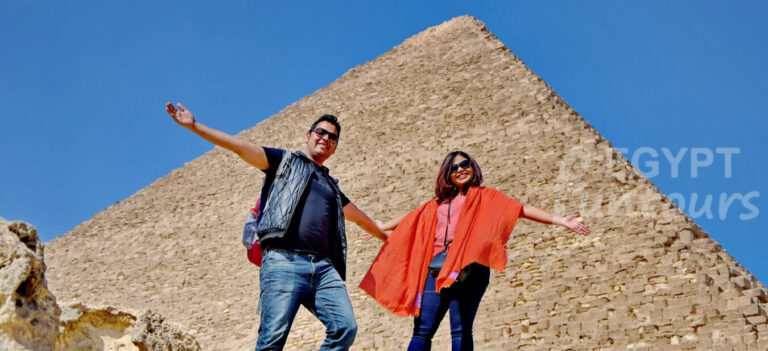Step onto an island where two different worlds exist side-by-side. Welcome to Elephantine Island, the historic heart of Aswan and its oldest inhabited part.
This is not just an archaeological site; it’s a living, breathing community. One half of the island is a vast open-air museum of 4,000-year-old ruins, granite boulders, and temples. The other half is home to two vibrant, colorful Nubian villages that pulse with modern life.
Located right in the middle of the Nile, this remarkable island is an essential Aswan experience. Its ancient name, Abu, or “Elephant,” likely came from its role as a major center for the ivory trade, or perhaps because the giant, smooth granite rocks along its shore look like elephants bathing in the river.

